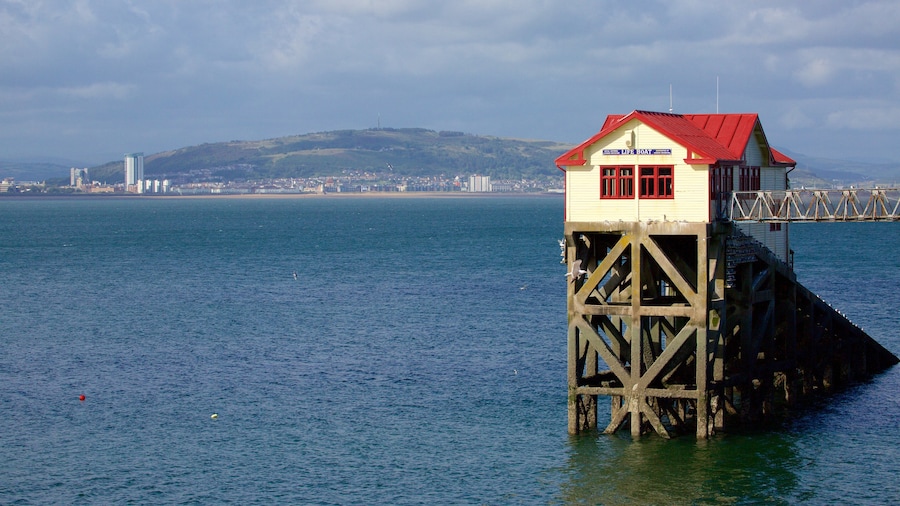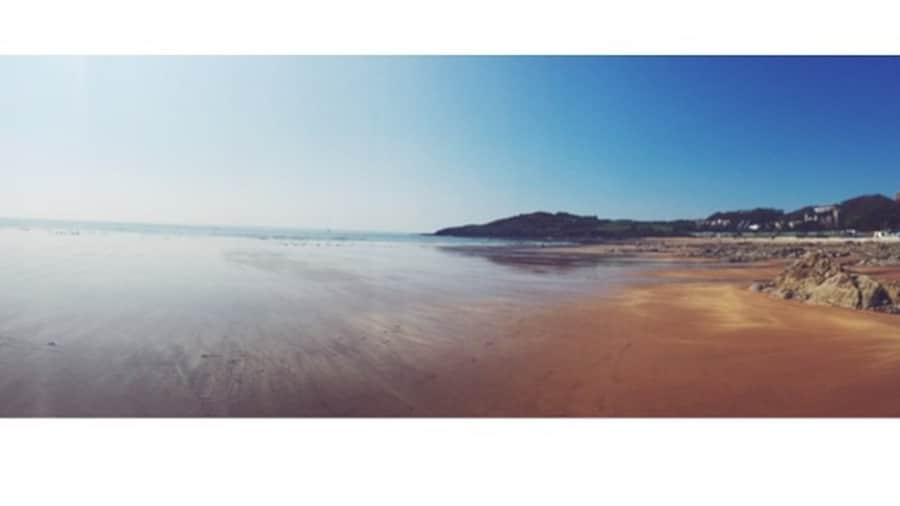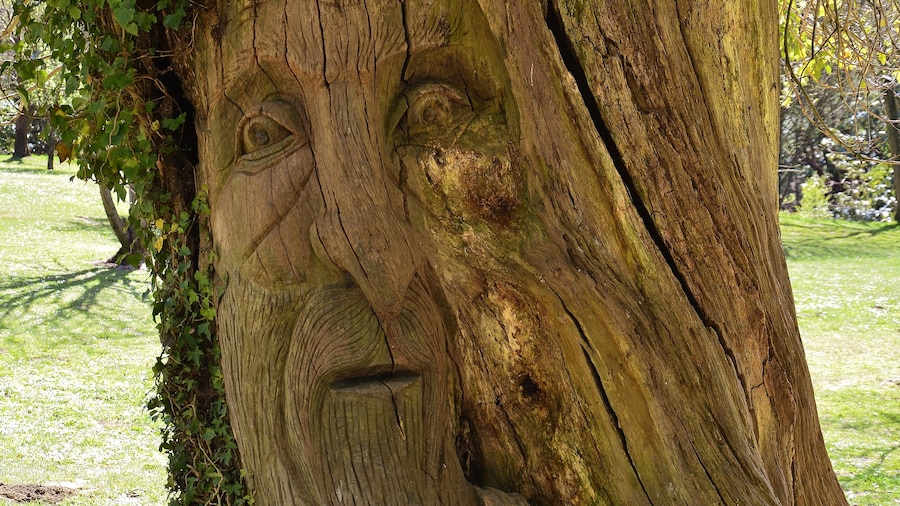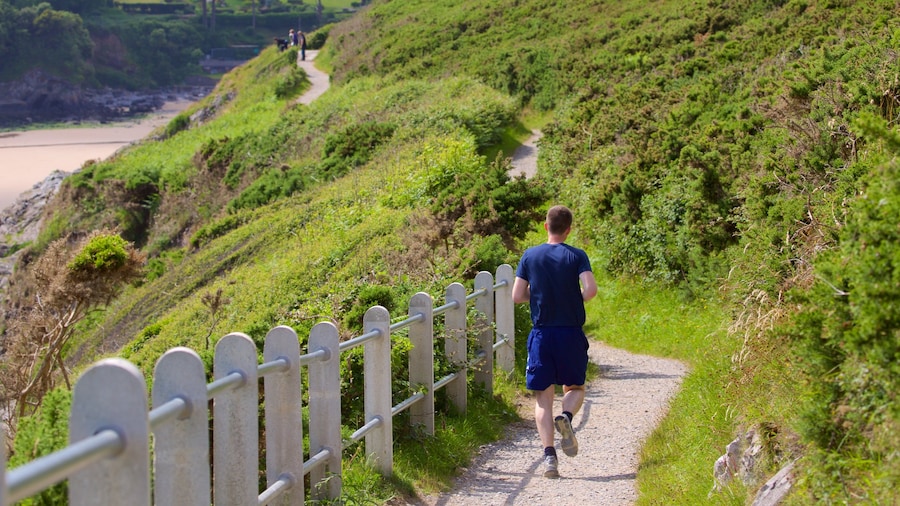Mumbles Lighthouse is a historic structure visible from any point along Swansea’s western coastline. Dating back to the end of the 18th century, it has alerted sea captains to danger for centuries and is one of the city’s most recognizable features. Capture photos of the two-tiered white lighthouse amid the jagged rocks of Mumbles Headland.
Gaze up at the majestic lighthouse, which is 56 feet (17 meters) tall. Standing on the highest part of one of the Mumbles islands, its peak is about 115 feet (35 meters) above the water.
During low tide, the lighthouse is accessible on foot. Note the mix of old and new with solar panels standing atop a dated brick structure. The island still has remnants of the homes of the lighthouse keepers’ families and military workers.
See the historic stone structure from Bracelet Bay Beach or Limeslade Bay Beach. Watch waves crashing against the rocks at the base of the lighthouse in stormy weather.
Learn the history of the lighthouse, which has been on this spot for more than 200 years. It warned ships about Mixon Shoals and Cherry Stone Rock, undersea sandbanks that have destroyed many boats and claimed hundreds of lives.
Hear Jasper’s Baby, the name given to the horn that sounds in foggy conditions. The loud alert sometimes echoes through the surrounding villages. Step out on Mumbles Pier, built at the end of the 19th century.
The lighthouse initially used open coal fire lights, which were replaced by oil and later a dioptric light. The light has been automated since 1934, when the last lighthouse keeper retired. Solar panels now power the light.
Mumble Lighthouse stands on an island east of Mumbles Pier and Bracelet Bay Beach. It is at the end of Mumbles Headland 6 miles (10 kilometers) west of Swansea. Drive along the coast from the city center to the pier in less than 30 minutes. Use the parking lot behind Bracelet Bay Beach.
















